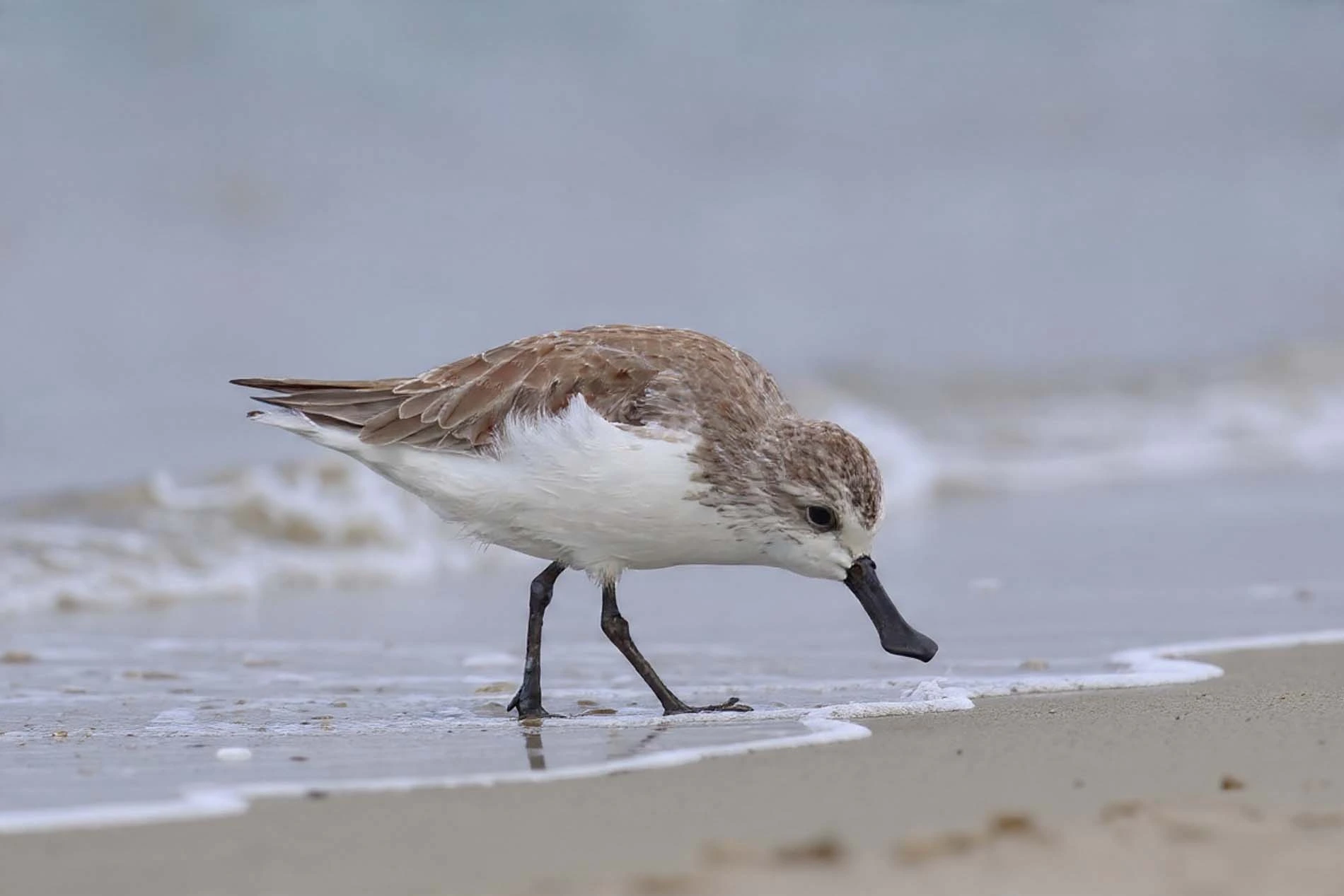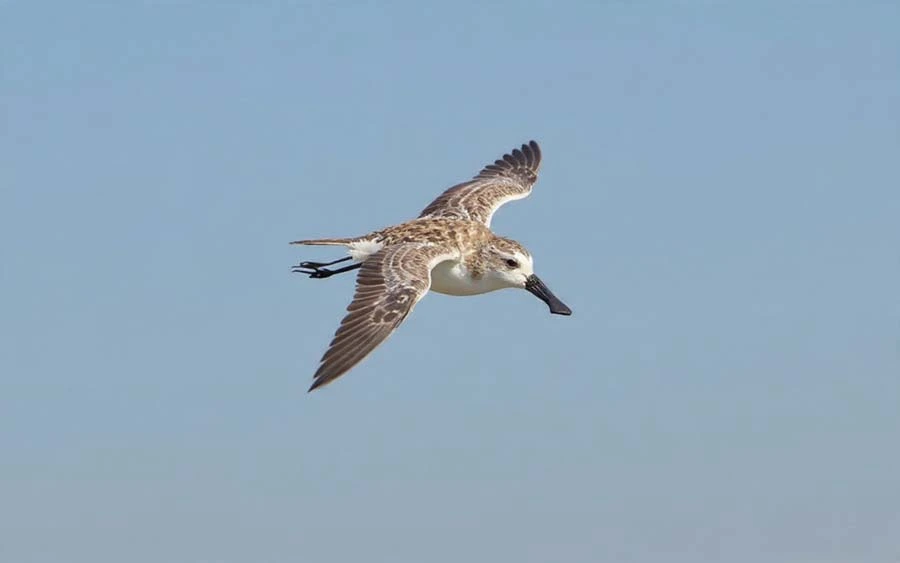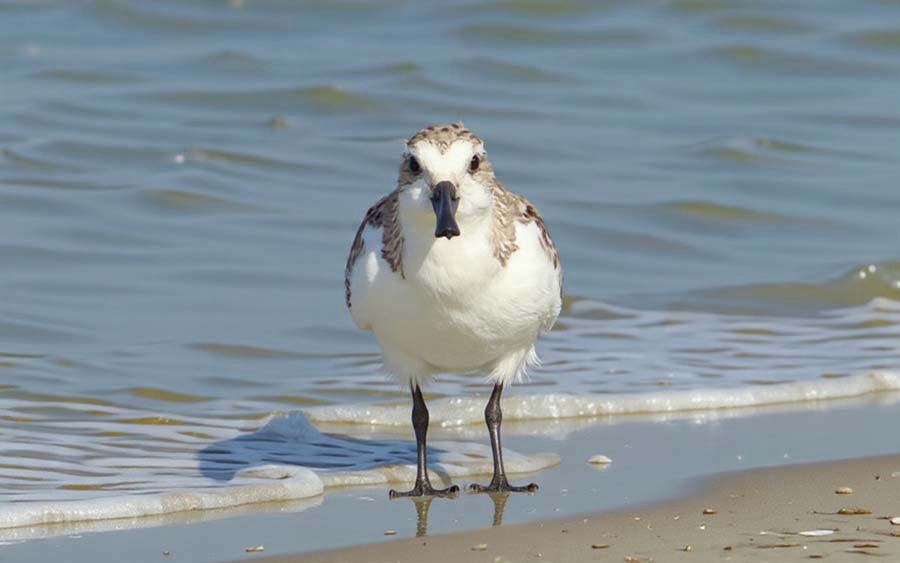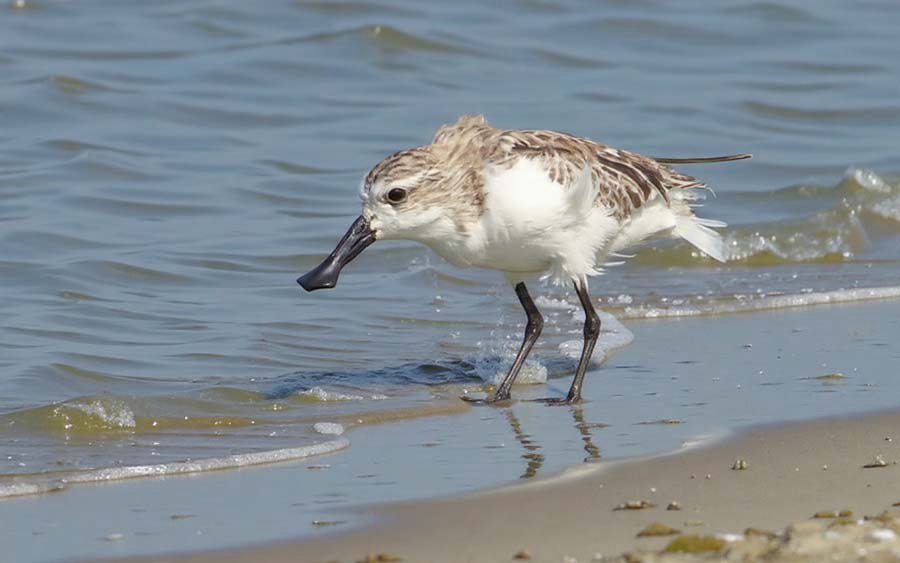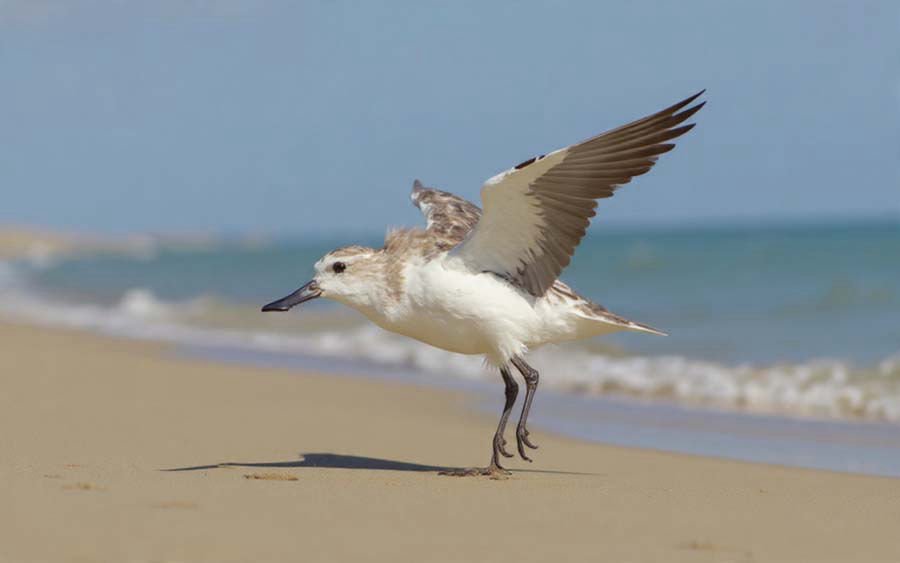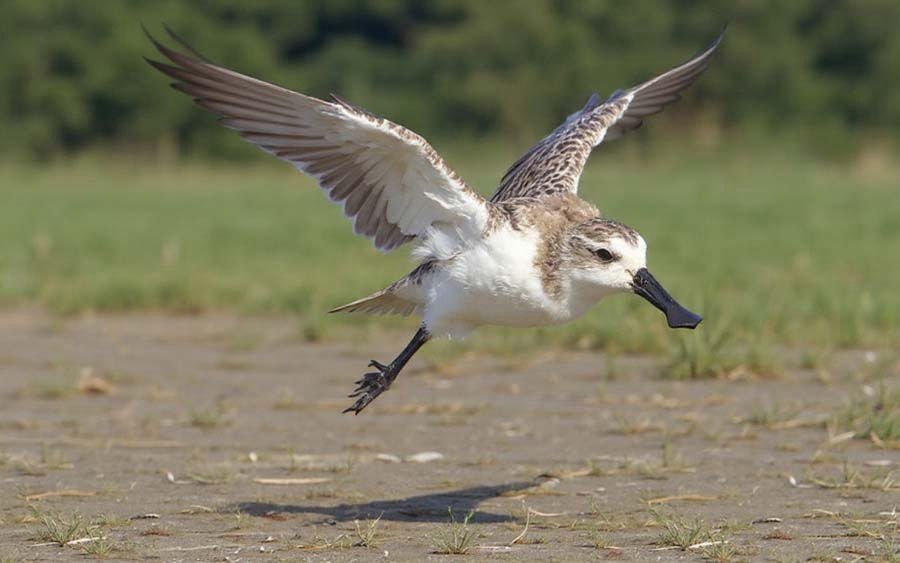The Spoon-billed Sandpiper is one of the world’s most endangered shorebirds, making sightings here especially exciting. Each winter, these birds migrate from their breeding grounds in the Arctic to the tropical coastlines of Southeast Asia, and Laem Pak Bia/Pak Thale is one of their most reliable wintering sites. Birdwatchers come here to catch a glimpse of this remarkable species, often found feeding among thousands of other waders in the salt pans and tidal mudflats.
This area isn’t just about the Spoon-billed Sandpiper. You can also spot other fascinating species like the Nordmann’s Greenshank, Asian Dowitcher, Great Knot, and numerous terns and gulls. The variety of habitats — from mangroves and brine shrimp pools to freshwater wetlands — supports over a hundred species of birds, making this location one of Thailand’s most diverse birding areas.
